On November 14, 1950, First Lieutenant James Dill, B Battery, 31st Field Artillery Battalion, 7th Infantry Division, United States Army, ordered the evacuation of one of his men from a mountain village in North Korea due to severe frostbite. Only a week prior, Dill rode shotgun in the open cab of a three-quarter ton truck through the mountains of hostile North Korean territory. As he looked back over the winding gravel and dirt road, he saw his entire artillery battery strung down the mountain, fighting the frigid, biting cold. Dill and his men were the spearhead of American troops moving rapidly toward the Yalu River and anticipated victory over the North Korean army. Unfortunately, winter came early in 1950, and the Americans found the cold to be just as deadly an enemy as the North Koreans fleeing before them.
Dill and his Soldiers made it to the small town of Cham-dong and received orders to set up a firebase to support infantry units fighting nearby. Dill, an expert artilleryman, saw to the routine placement of the guns, and fired several rounds to register the pieces. The rounds slammed into the adjacent hillside rather than the distant impact zone. The lieutenant, his fingers numb, reworked his math, and found the cold was to blame. The troops tested the gun powder and found the extreme cold, which was approaching thirty-two degrees below zero, had changed the propellant properties. He adjusted his math and the battery was able to fire in support of Soldiers fighting the North Koreans.
Trouble with powder was not Dill's only problem. The cold permeated every aspect of Soldiers' lives during the first winter in North Korea. Korea's climate is very similar to that of the United States' east coast but more acute. During the summers, the heat and humidity are nearly unbearable, and during the winter, especially in the northern mountains, the arctic winds from Siberia turn the country into a frozen wasteland. Frostbite was the worst malady brought on by the cold weather, but during the first winter of the Korean War, Soldiers also suffered from frozen rations, icy terrain, jammed weapons, and a shortage of cold weather gear.
The winter of 1950 started in the middle of November, several weeks ahead of forecasts. American troops found themselves without the proper gear to guard against the intense Siberian cold. Some made do wrapping towels around their heads to protect their ears, and doubling or tripling the layers of clothing they wore. Even with the extra protection, Soldiers lost fingers, toes, and ears while sitting on frozen outposts as they waited for the cold weather gear to be supplied from the south. In camp, enterprising Soldiers used ingenuity to stay warm. In artillery units, Soldiers poured gasoline into empty 105mm shell casings to be used as heaters. Others simply poured the gasoline directly into the dirt, then lit the ground on fire. Despite rules forbidding them, most troops built small camp fires from anything they could get their hands on, including the bundles of rice straw the Koreans left next to rice paddies. When enemy troops began booby-trapping the bundles with grenades, American Soldiers were reminded that staying warm in a war zone was a deadly challenge.
Soldiers had an even harder time keeping their weapons working in the torturous cold. There was no Standard Operating Procedure to guide troops in extremely cold weather weapons care, so Soldiers found their own remedies, and passed the word on as to what worked. The cold killed batteries needed by the Soldiers to power everything from radios to flashlights, so the men kept extras inside their clothing on outposts. Likewise, grenades were kept inside clothing to prevent frost from building up on the detonators. Truck batteries were just as prone to failure, so each unit kept at least a few vehicles running to jump-start the others in the morning. When the trucks and tanks were running, the warm exhaust pipes were a favorite rest area for nearby infantrymen. The frozen temperatures also caused frost lock on weaponry, including the M1 carbine rifle and the .50 caliber and .30 caliber machine guns. To keep rifles and machine guns from freezing up and becoming unusable, Soldiers found that periodic test firing kept actions ice-free. In the most extreme circumstances, mortars and machine guns froze over completely. In the heat of battle, Soldiers simply urinated on the weapons to thaw them.
The subsequent winters during the Korean War were milder than the final months of 1950, and by the stalemate, American Soldiers were properly outfitted with winter gear during the cold months. Of the Soldiers that survived the march to the Yalu River in North Korea, however, none will forget fighting the piercing, bitter cold.
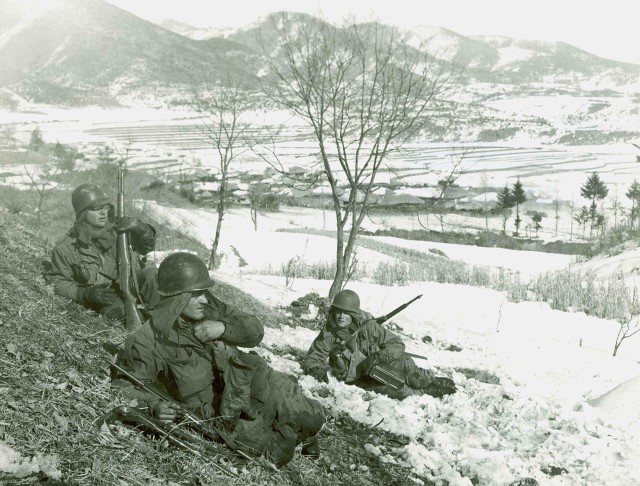


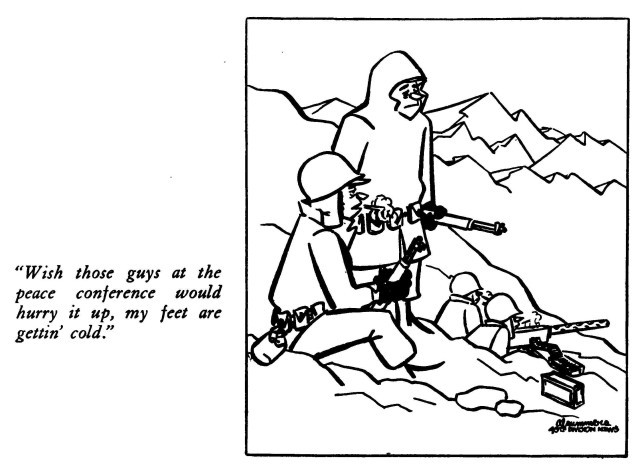
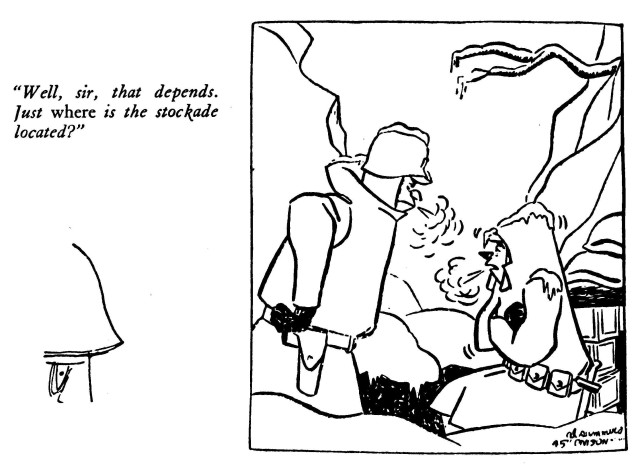

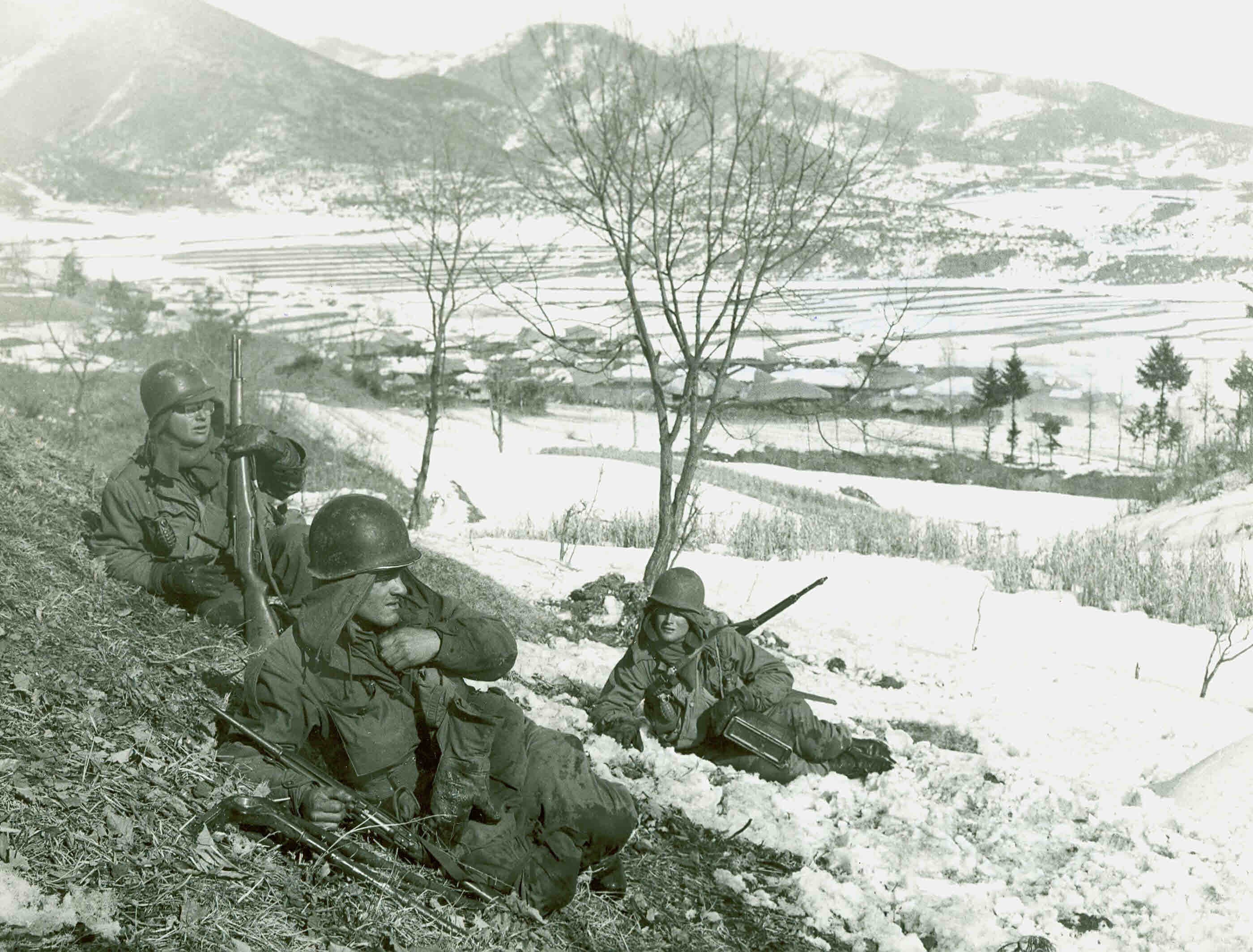
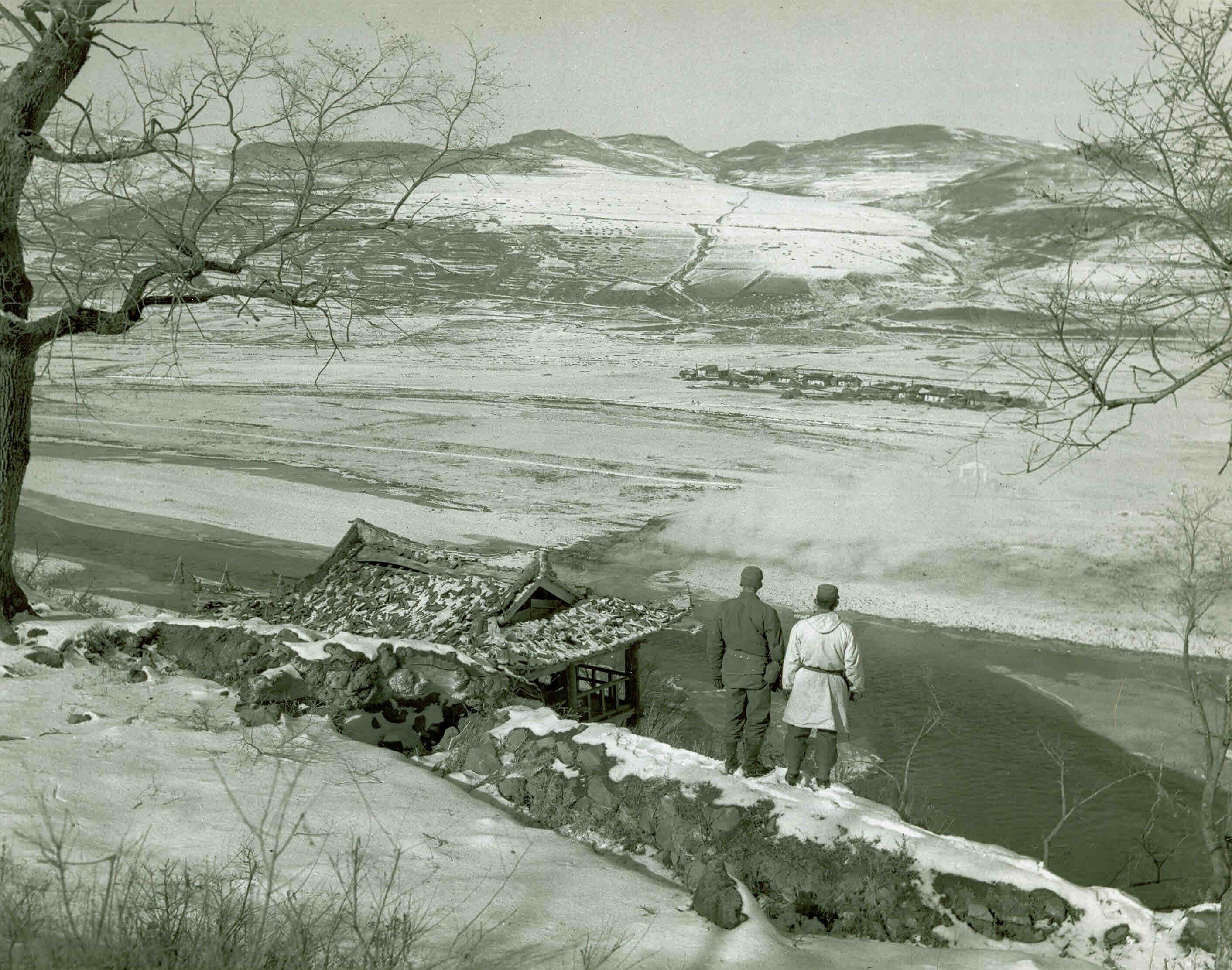


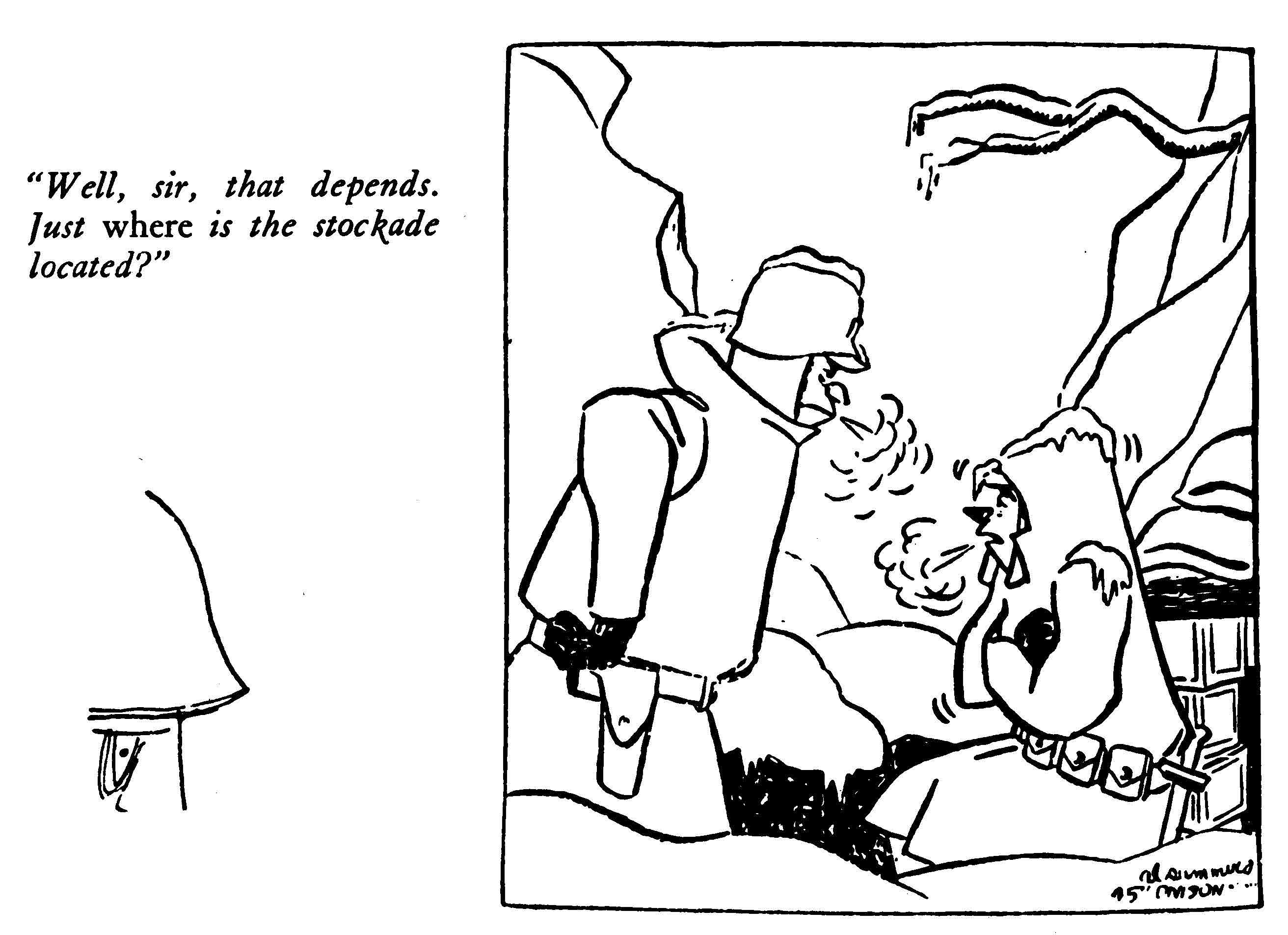
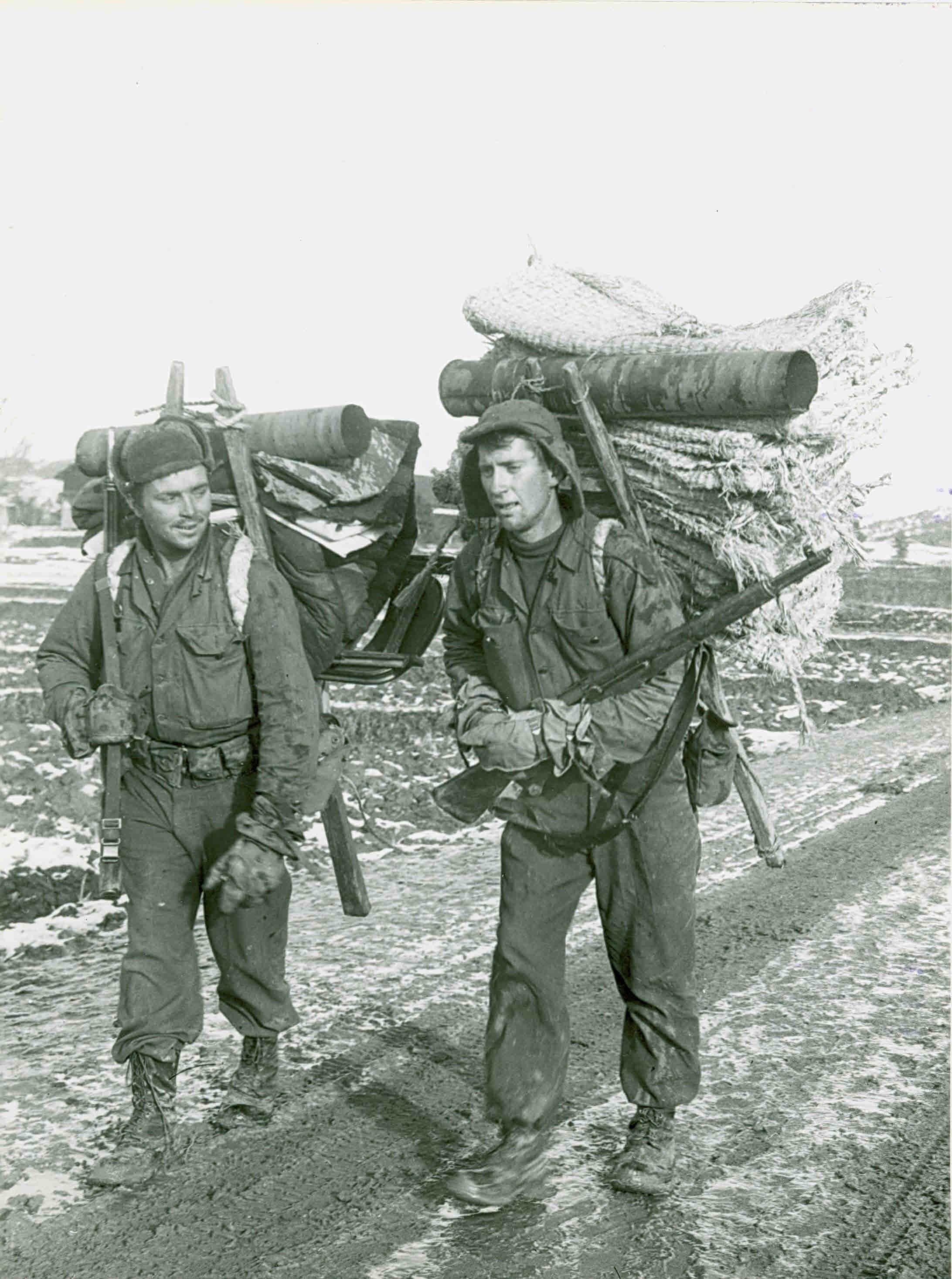
Social Sharing